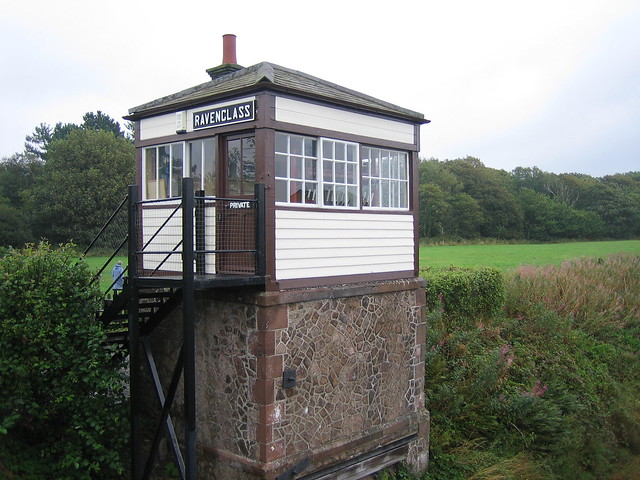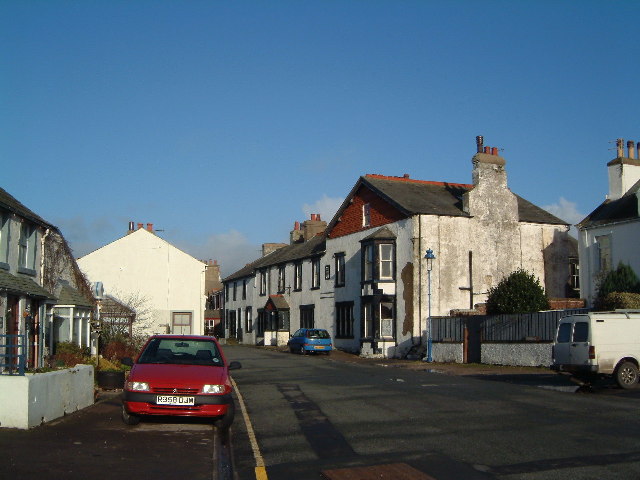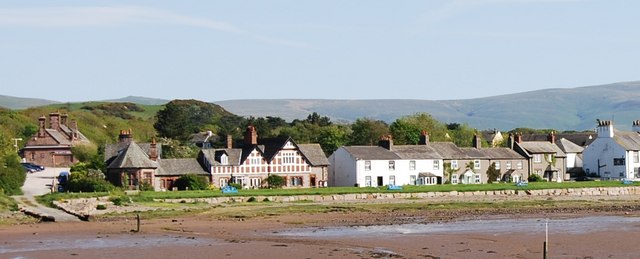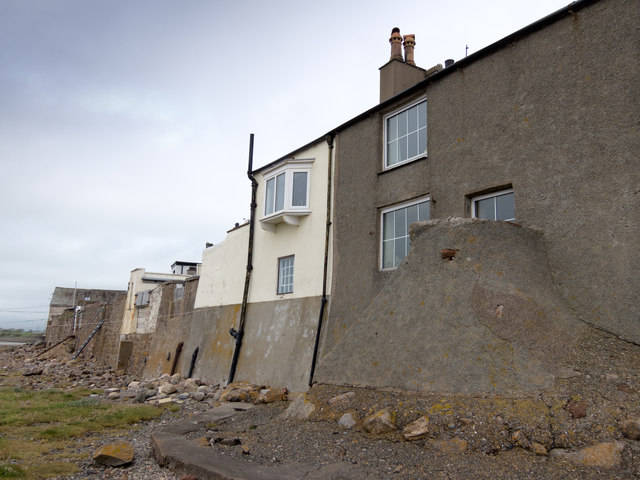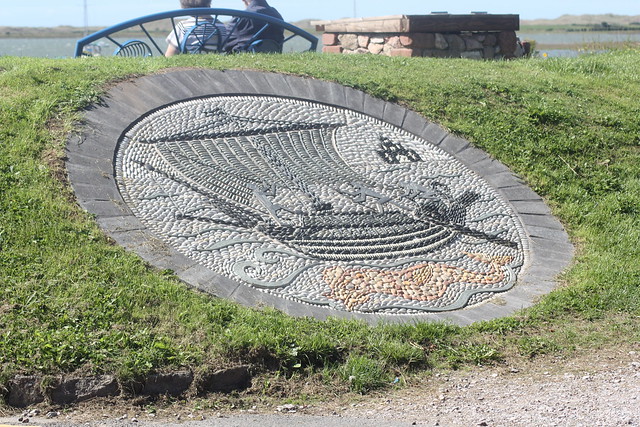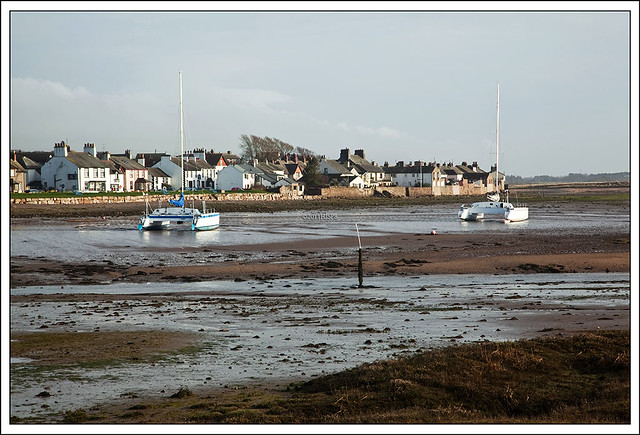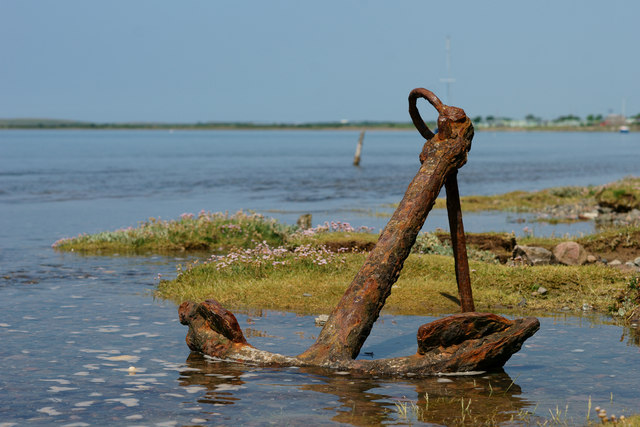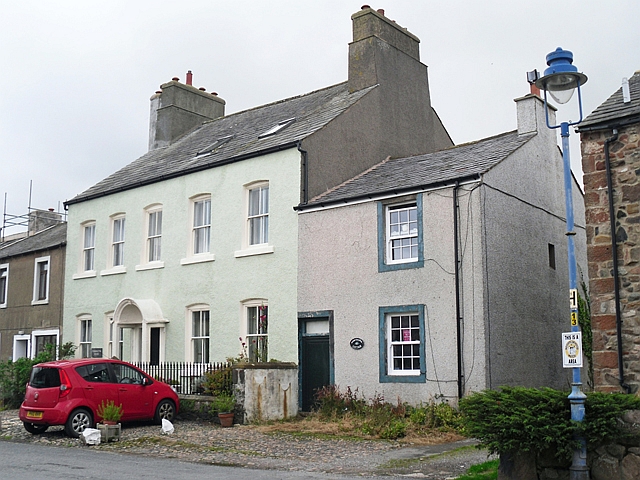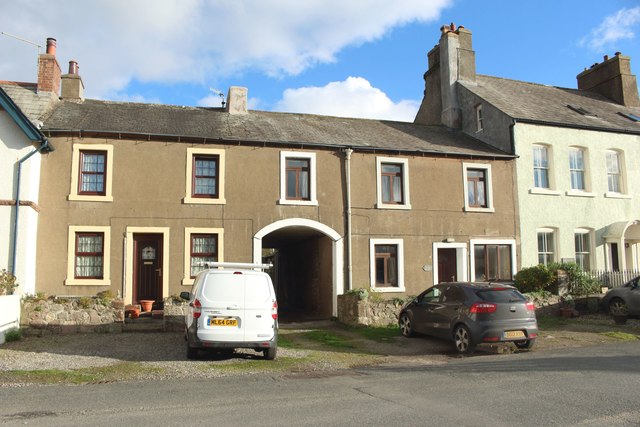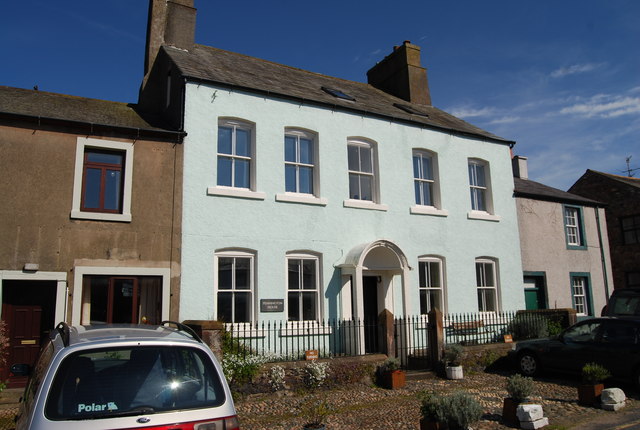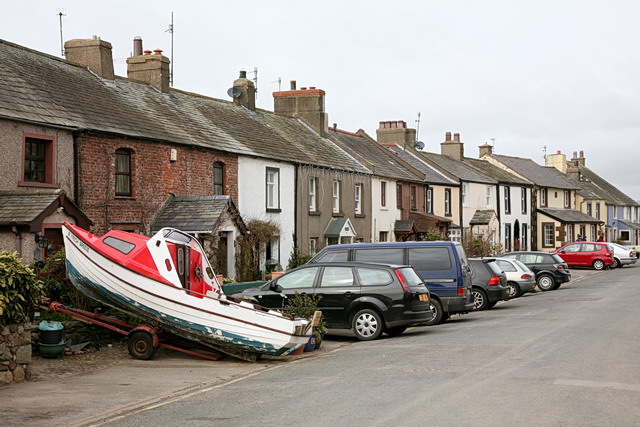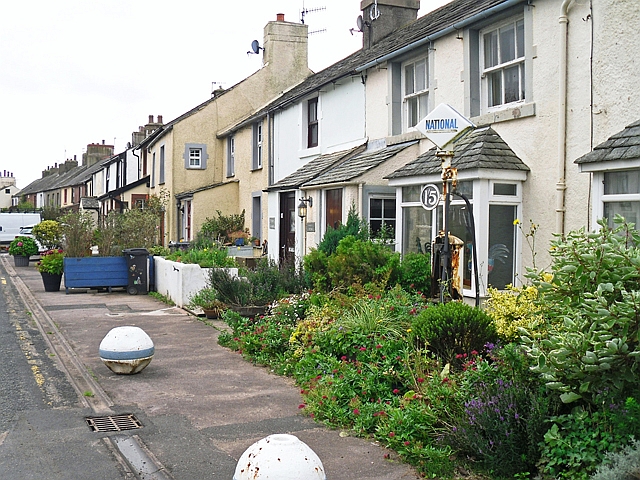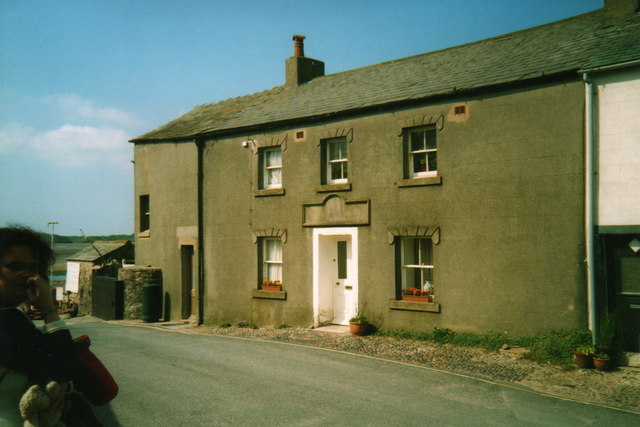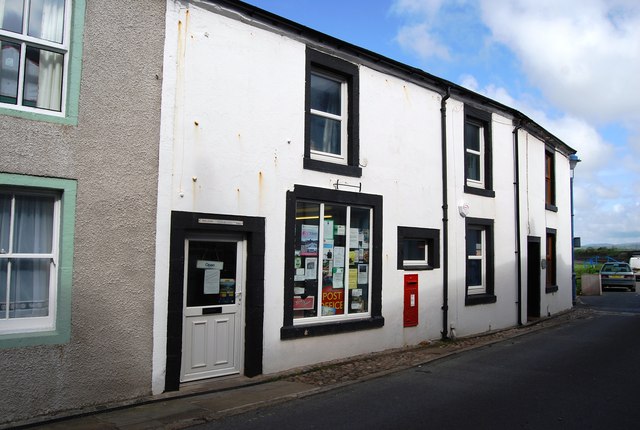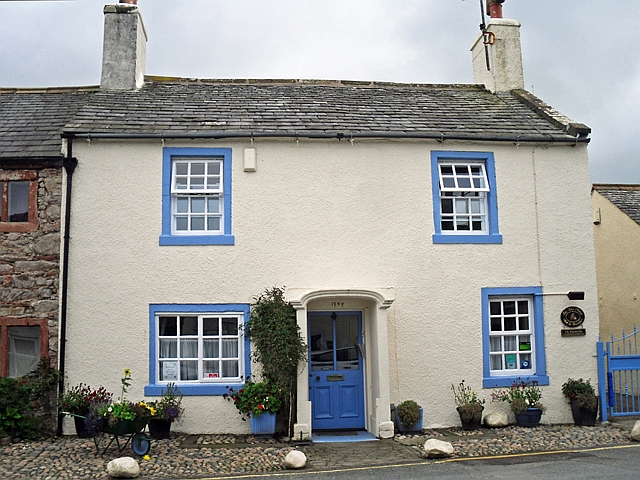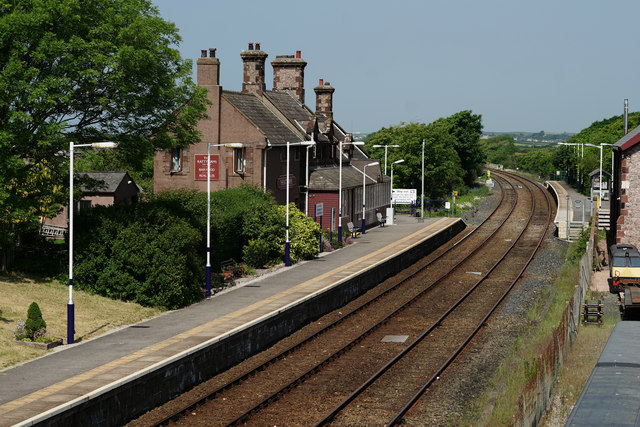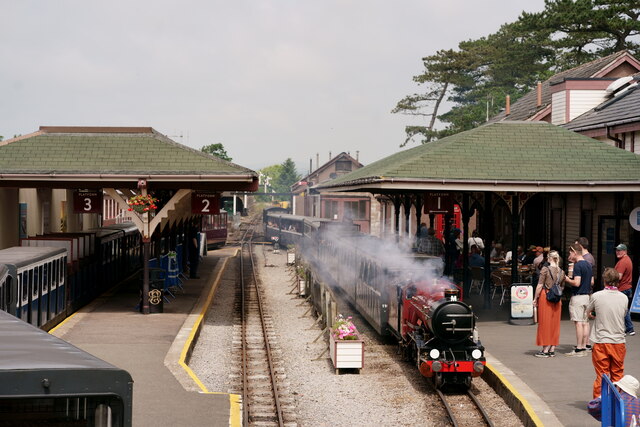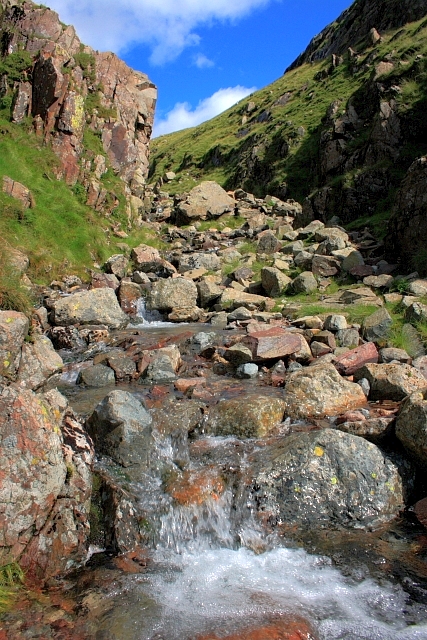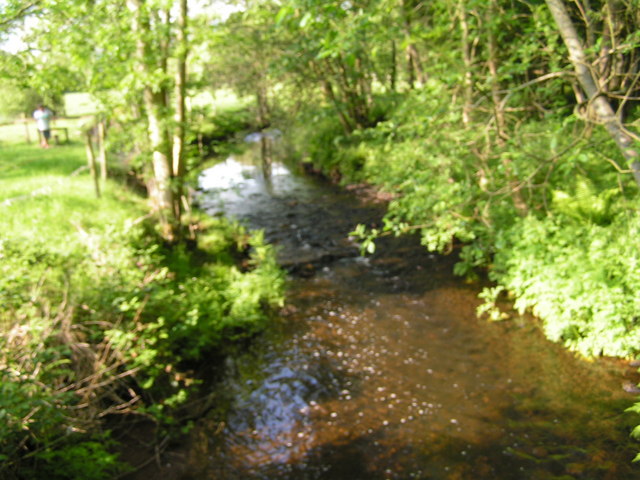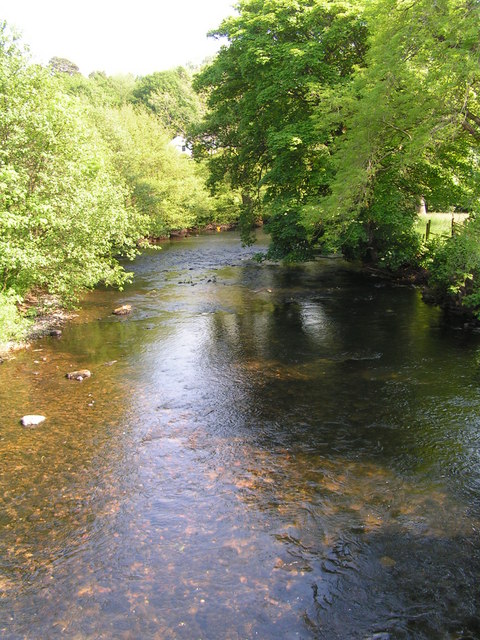Topics > Ravenglass
Ravenglass
Ravenglass is a small coastal village and natural harbour in Cumbria, England roughly halfway between Barrow-in-Furness and Whitehaven. Historically in Cumberland, it is the only coastal town in the Lake District National Park. It is located at the estuary of three rivers: the Esk, Mite and Irt.
History
The town dates back to at least the 2nd century, when it was an important naval base for the Romans. The Latin name of the settlement is the subject of scholarly debate: believed by some experts to have been Tunnocellum, it is often named Glannoventa. It occupied the most southerly point of the Cumbrian coastal defence system, which can be seen as an extension of Hadrian's Wall and the western extremity of the Roman frontier World Heritage Site.
Ravenglass was occupied by the Romans for over 300 years and had a Roman garrison (castra) of 500 soldiers. The town was a regional supply point for much of north-western Roman Britain, with a road from Ravenglass over the Hardknott Pass to the Roman forts at Hardknott and Ambleside. The location is featured in The Fort at River's Bend, a book in Jack Whyte's A Dream of Eagles (Camulod Chronicles) series, and is also mentioned briefly in Mary Stewart's Merlin trilogy under the name Clannoventa. Today, there are few Roman remains, with the notable exception of a bath house, known locally as Walls Castle. This is one of the largest remaining Roman structures in England, originally covering an estimated area of by and with walls up to high, though only one end is now visible. Excavations of the rest of the foundations have since been covered and are not visible. The property is now maintained by English Heritage. Approximately a mile's walk from the bath house is Muncaster Castle, which it is believed was built partly with the remains of a Roman fort which was located near Ravenglass. The grade II listed Muncaster War Memorial, designed by Edwin Lutyens, sits between Muncaster and Ravenglass.
'Renglas' appears in charters and other records of the late 12th century. In 1208 King John granted Richard de Lucy, Earl of Egremont a charter for a market at Ravenglass on Saturdays and a yearly fair on the festival of St. James, 5 August.
Ravenglass is reputed to be the birthplace of Saint Patrick.
Etymology
There are multiple explanations of the origin of the name Ravenglass. One is that it may be derived from, or from words equivalent to Welsh yr afon glas, meaning "the greenish or blueish river". The name may also be of Norse-Irish origin, containing the Irish personal name Glas and meaning "Glas's part or share". The terminal element might be Gaelic glas, "small stream". Also suggested is derivation from the Old Norse personal name Hrafnkell, suffixed with Old Norse óss, "estuary".
Governance
Ravenglass is within the Copeland UK Parliamentary constituency. Trudy Harrison is the Member of parliament.
Before Brexit, its residents were covered by the North West England European Parliamentary Constituency.
Attractions
Tourist attractions include Muncaster Castle and the Ravenglass and Eskdale Railway.
Transport
Ravenglass is served by Ravenglass railway station on the Cumbrian Coast railway line, with trains to Carlisle and Lancaster. This station is also a terminus of the narrow-gauge Ravenglass and Eskdale Railway, which runs inland up Eskdale. This serves both as a tourist attraction and as local transport during its operating season.
Ravenglass is connected by a minor road to the nearby A595 trunk road. It also has minor tracks running northwards and southwards via tidal fords, which are unsuitable for normal motor vehicles.
Visit the page: Ravenglass for references and further details. You can contribute to this article on Wikipedia.
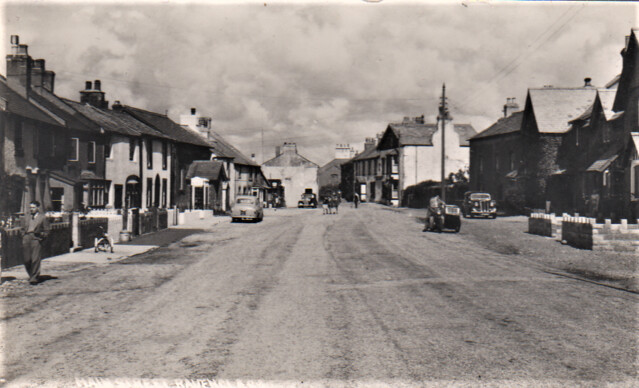
from Flickr (flickr)
RAVENGLASS - MAIN STREET - CUMBRIA - POSTCARD - RP - MOTORBIKE & SIDECAR
Pinned by Peter Smith
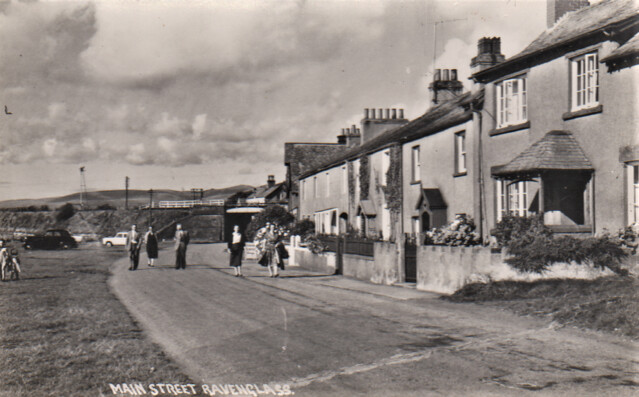
from Flickr (flickr)
RAVENGLASS - MAIN STREET - CUMBRIA - POSTCARD - RP - RAILWAY BRIDGE
Pinned by Peter Smith
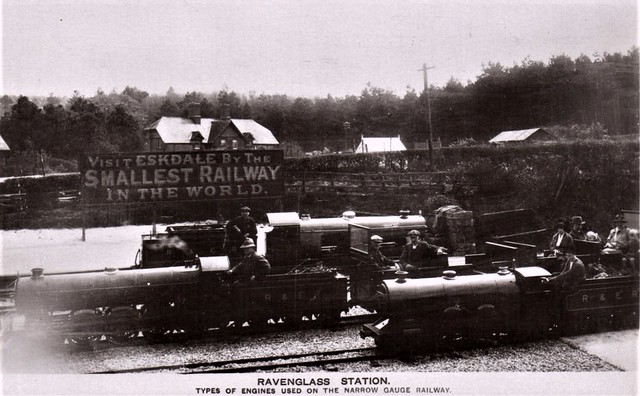
from Flickr (flickr)
Ravenglass near Drigg. Narrow Gauge Railway Station Engines in Hayton's Series. 1940
Pinned by Peter Smith
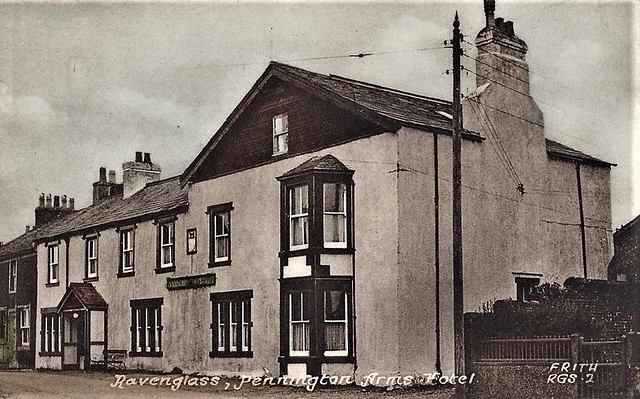
from Flickr (flickr)
RAVENGLASS Pennington Arms Hotel, Old Postcard by Frith, Unused
Pinned by Peter Smith
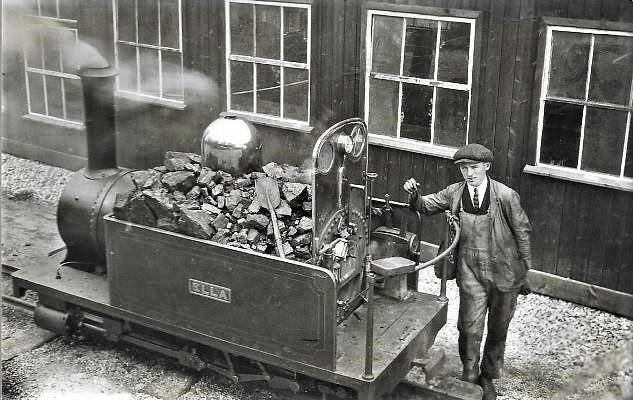
Co-Curate Page
Ravenglass and Eskdale Railway
- Overview About the Ravenglass & Eskdale Railway The Ravenglass and Eskdale Railway is a narrow gauge heritage railway in Cumbria. The 7 mile line runs from Ravenglass to Dalegarth Station …
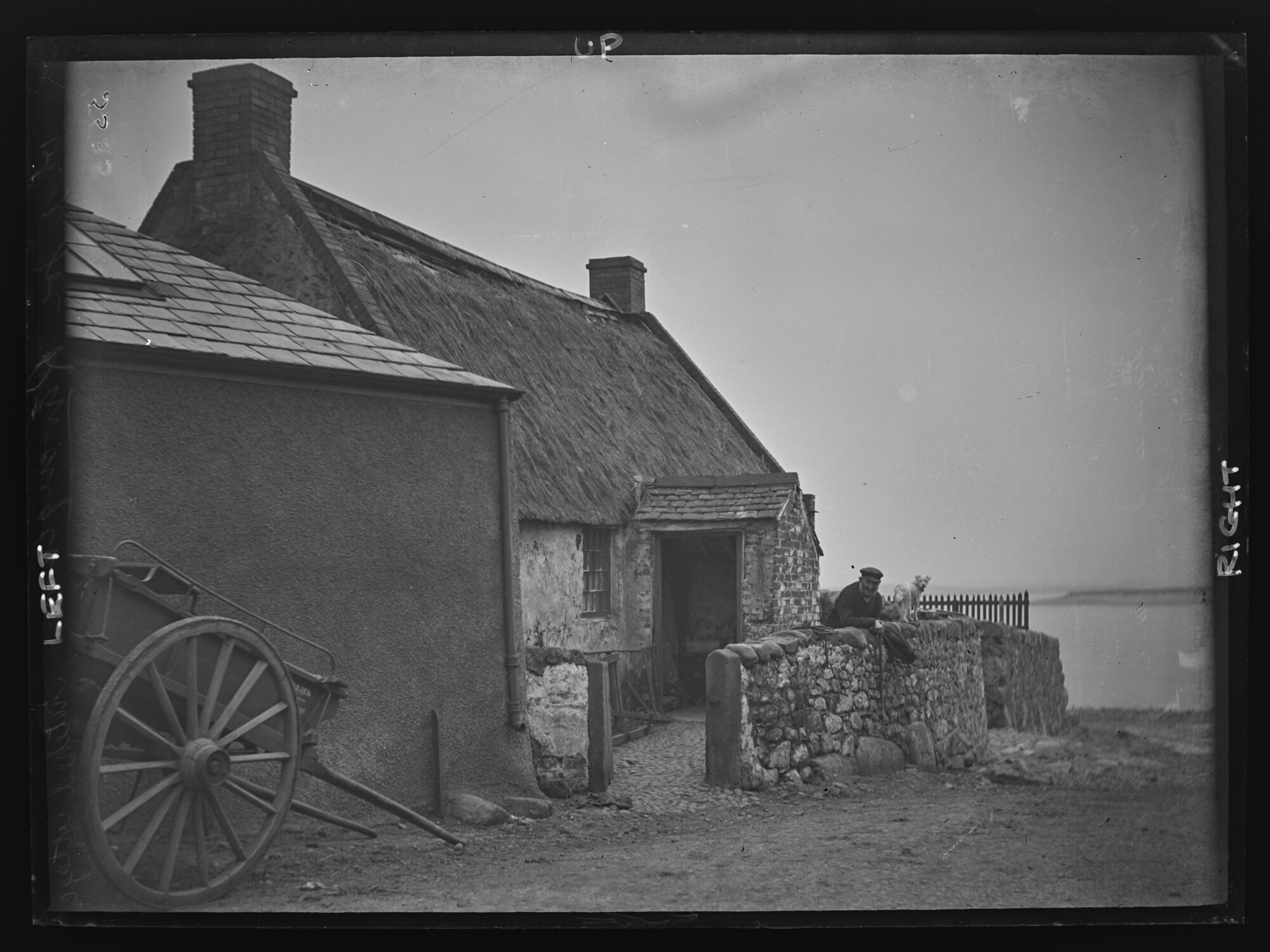
from https://www.sankeyphotoarchiv…
A Seaside Thatched Cottage Ravenglass (Old Joe), c.1920
- Looking south at the end of Ravenglass village. Beside the slipway a thatched cottage, 'The Old Thack', which no longer exists. Joe Farren with side whiskers, cap and stick leans …
Added by
Simon Cotterill


from Flickr (flickr)
RAVENGLASS - MAIN STREET - CUMBRIA - POSTCARD - RP - MOTORBIKE & SIDECAR
Pinned by Peter Smith

from Flickr (flickr)
RAVENGLASS - MAIN STREET - CUMBRIA - POSTCARD - RP - RAILWAY BRIDGE
Pinned by Peter Smith

from Flickr (flickr)
Ravenglass near Drigg. Narrow Gauge Railway Station Engines in Hayton's Series. 1940
Pinned by Peter Smith

from Flickr (flickr)
RAVENGLASS Pennington Arms Hotel, Old Postcard by Frith, Unused
Pinned by Peter Smith

Co-Curate Page
Ravenglass and Eskdale Railway
- Overview About the Ravenglass & Eskdale Railway The Ravenglass and Eskdale Railway is a narrow gauge heritage railway in Cumbria. The 7 mile line runs from Ravenglass to Dalegarth Station …

from https://www.sankeyphotoarchiv…
A Seaside Thatched Cottage Ravenglass (Old Joe), c.1920
- Looking south at the end of Ravenglass village. Beside the slipway a thatched cottage, 'The Old Thack', which no longer exists. Joe Farren with side whiskers, cap and stick leans …
Added by
Simon Cotterill
